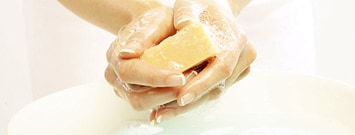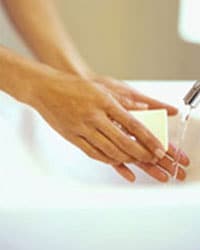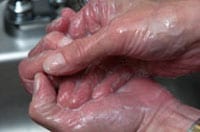It's that time of the year... cold and flu season is upon us. Not to mention stomach bugs are out there!
Below is recommendations from the Centers for Disease Control (CDC):
Keeping hands clean is one of the best ways to prevent the spread of infection and illness.

Handwashing is easy to do and it's one of the most effective ways to prevent the spread of many types of infection and illness in all settings—from your home and workplace to child care facilities and hospitals. Clean hands can stop germs from spreading from one person to another and throughout an entire community.
Learn more about when and how to wash your hands.

When should you wash your hands?
- Before, during, and after preparing food
- Before eating food
- Before and after caring for someone who is sick
- Before and after treating a cut or wound
- After using the toilet
- After changing diapers or cleaning up a child who has used the toilet
- After blowing your nose, coughing, or sneezing
- After touching an animal, animal feed, or animal waste
- After touching garbage
What is the right way to wash your hands?
 Wet your hands with clean, running water (warm or cold), turn off the tap, and apply soap.
Wet your hands with clean, running water (warm or cold), turn off the tap, and apply soap.- Lather your hands by rubbing them together with the soap. Be sure to lather the backs of your hands, between your fingers, and under your nails.
- Scrub your hands for at least 20 seconds. Need a timer? Hum the "Happy Birthday" song from beginning to end twice.
- Rinse your hands well under clean, running water.
- Dry your hands using a clean towel or air dry them.
Why? Read the science behind the recommendations

What should you do if you don't have soap and clean, running water?
Washing hands with soap and water is the best way to reduce the number of microbes on them in most situations. If soap and water are not available, use an alcohol-based hand sanitizer that contains at least 60% alcohol. Alcohol-based hand sanitizers can quickly reduce the number of microbes on hands in some situations, but sanitizers do not eliminate all types of germs.
Hand sanitizers may not be as effective when hands are visibly dirty or greasy.
How do you use hand sanitizers?
- Apply the product to the palm of one hand (read the label to learn the correct amount).
- Rub your hands together.
- Rub the product over all surfaces of your hands and fingers until your hands are dry.

